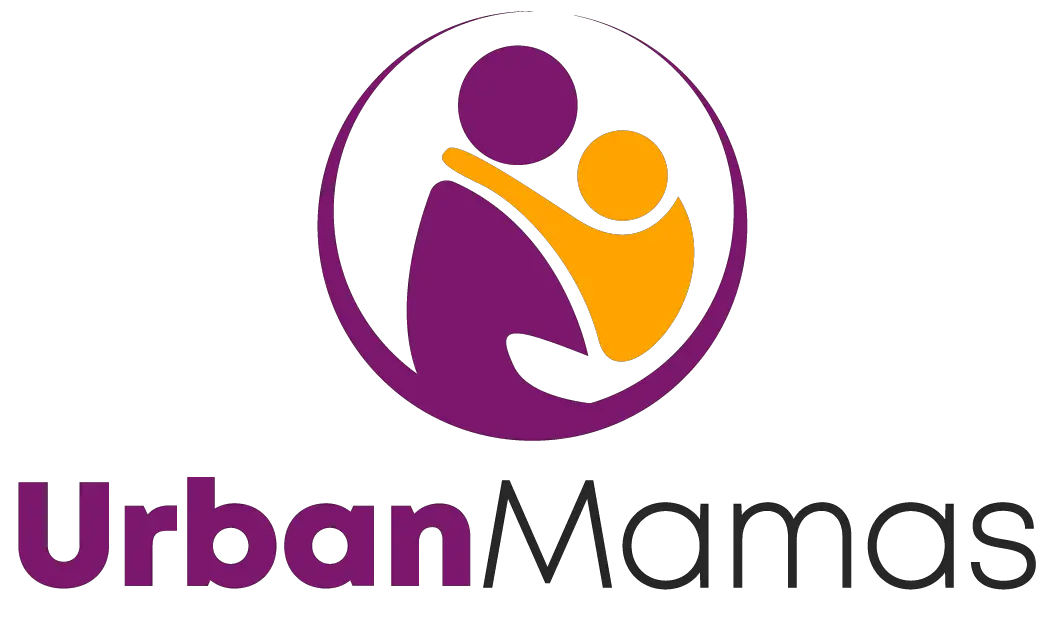Table of Contents
Overview
There is a tendency that moms will develop hard and sore areas around the breasts when breastfeeding. This may be due to the collections of milk that is not properly draining, and there are times that breasts remain hard and painful and will not improve even after nursing. There are easy remedies for this problem, such as using a warm compress or heating pads. However, if breast soreness and tenderness are associated with fever, lethargy, and intolerable pain, you might have to see your doctor.
Engorgement and plugged ducts are two of the most common problems that you may encounter during breastfeeding, and it may be fixed through home remedies and through stimulating milk production, and when the time comes, decrease milk supply as well. Engorgement happens when your breasts become swollen due to milk build-up in the ducts and may happen for a lot of reasons. Breast engorgement, if not treated properly, can cause clogged ducts and even mastitis.
You would be surprised at how the solutions can be very easily accessed and done in the comforts of your home. So if you want to know what are the things to do with your engorged breasts and how to stimulate breast milk production as well, then read on.
Hot or cold – Which is better for engorged breasts?
Breast engorgement is the painful overfilling of the breasts that may happen during breastfeeding. This happens when you can make milk which is more than what your baby can drink. This also occurs when you are unable to breastfeed or pump or when you stop breastfeeding your baby. Engorgement will make it hard for you and your baby because if your breasts are engorged, your babies will have difficulties in latching into your nipple. If your little ones have a hard time latching, they will not breastfeed and eventually make the engorgement worse.
You can easily prevent breast engorgement at home, and to do that, you can use a warm cloth or a heating pad that is set on low and gently place on your breasts before breastfeeding. This can greatly help your breasts in letting down breast milk and increase the flow as well. You can also take a hot shower before breastfeeding. However, it is not ideal to use a heating pad if you are sleepy or during bedtime since you might fall asleep and the heating pad might burn you. After nursing, you can use a cold compress to help relieve the pain and discomfort between nursing sessions.
It will also greatly help if you change your baby’s position occasionally to ensure that both breasts and all parts are emptied equally. Also, make sure that your baby is latched on properly.
Ice packs to decrease milk supply – How to suppress lactation
As mentioned above, heat effectively encourages milk flow, while ice packs, on the other hand, can assist you in relieving pain when you are pumping or breastfeeding. For years, ice has been known to be a natural anesthetic and effectively reduces swelling, therefore effectively relieving pain as well. If you have finally decided to decrease your milk supply or stop letting down breast milk for some reason, you can do it with the supplies and material that you find at home. A good example is the use of ice packs or even cabbage leaves. Here are some tips and tricks for lactation suppression:
- During the first days following your decision to suppress lactation, you may feel like your breasts are too full or engorged, and it can become very uncomfortable. You can make it easier for yourself if you lie on your back and have pillows to support your breasts. Lying in front might not be a good idea during this time, but if you want to, you can place a pillow under your hips and stomach to relieve the pressure from your breasts. Place a soft cloth or breast pads across your breasts to soak up leaking milk.
- Remember to pump every now and then and never wait until your breasts become very hard and engorged. However, remember not to empty the breasts completely since the small amount of milk left in the breasts will allow the brain to tell the body to slow down and eventually stop milk production in the long run.
- After pumping, you can use ice packs on each breast, make sure that you are comfortable with the cold, and avoid applying it directly to avoid freeze burns. The ice will help in decreasing milk production.
- According to many experienced mothers, cold cabbage leaves can also be used if you do not have ice packs at home. Cabbage leaves that have been frozen or placed in the refrigerator can suppress lactation when used regularly. They are also known to bring relief from pain and discomfort.
- Avoid binding your breasts since this can increase pain and discomfort and might lead to clogged or plugged ducts as well. Instead, you can use a sports bra to keep clothes or other things from brushing against your nipples and breasts and avoid stimulating it.
- Hydrate regularly since this is very important to keep you going throughout the day. Cutting out fluids immediately will not reduce your milk supply, it will just dehydrate you.
- If you have been breastfeeding or feeling engorged lately, you may want to handle your breasts very gently as they can feel very tender and can bruise easily.
- Wearing a tight bra with support can help support your breasts and keep you comfortable. Also, do not forget to use breast pads and change them when they get soaked up and wet.
- Take medicines only if your doctor has prescribed them, do not self-medicate.
How to know if your breasts are engorged or just full
For those moms who have already experienced engorgement, you will be able to identify if your breasts are just full or already engorged. But for some, it might still be confusing to tell that you have just full breasts and not engorged; here is a simple guide:
Engorged breasts
- The whole breast is swollen, and your whole breast may feel hard.
- Skin will look stretched and shiny.
- The nipples may be flat or turned in, so it will be very difficult for the baby to latch.
- Breast milk will not be able to flow easily and might come in drops only.
- Breast engorgement can be very painful.
Full breasts
- Milk ducts are full of milk, so your breasts can feel lumpy but not hard.
- The skin will look normal.
- Nipples will retain normal shape, and it will not be difficult for the baby to latch.
- Milk flow is still good.
- Full breasts can be uncomfortable but not painful.
How to stimulate breast milk production
Aside from using lactation cookies or lactation supplements, here are some easy steps that you can do at home to stimulate or increase breast milk production:
- Try to breastfeed more often and let your little one decide when to stop feeding. When your babies start suckling your breasts, some hormones will trigger your breasts to produce milk – this is known as the “let-down” reflex. The more often you breastfeed or pump, your breasts will make more milk.
- Using a breast pump in between feedings can also greatly stimulate breastmilk production. This will help a lot if you have milk leftover even after your baby is full, your baby missed a feeding, you are at work, or simply because your breasts have been producing more milk.
- Breastfeeding using both sides since the stimulation of both breasts can greatly increase breast milk production. Simultaneous letting down or pumping from both breasts at the same time has also been proven to increase milk production greatly.
- Also, always remember to get enough sleep and rest, stay healthy and hydrated so that you will be able to produce more breast milk.
When to call a doctor
There may be issues that will arise when you are a breastfeeding mom, and most of them can be easily addressed at home using home remedies. However, they will be times when you should be calling your doctor, especially if things will go out of hand. You should seek immediate medical care if you have symptoms of breast infection such as increased pain, swelling, warmth around the area, redness or red streaks, and if you are having fever. Observe yourself and be sure that you contact your healthcare provider.
Final thoughts
Breast engorgement involved swelling, pain, and discomfort in your breasts because of your milk supply and increased blood flow. Until your body identifies how much your baby needs, it may produce too much, which may lead to engorgement. We hope that the remedies we have discussed in this post will help you in you relieving those sore and engorged breasts. However, if complications arise, such as fever and severe pain, you may have to call your doctor.

